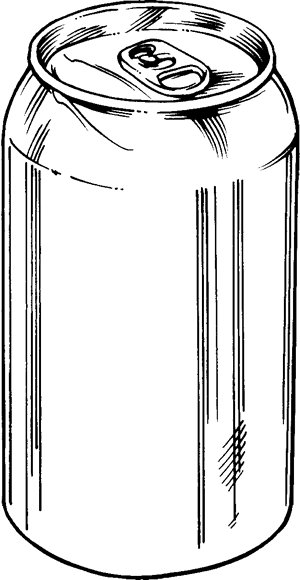
The F1 error code is your dishwasher’s way of telling you something’s not quite right. Think of it as your dishwasher raising its hand and saying, “Hey, I need some attention here!” This particular code usually relates to a problem with the water supply or a component inside your dishwasher. Just like you wouldn’t ignore a check engine light on your car, ignoring an F1 error could lead to bigger problems down the road.
Understanding the Whirlpool F1 Error Code
First things first: what exactly is the F1 error code trying to say? The F1 code is generally associated with a water supply issue. You see, your dishwasher, much like a car needing gas, relies on a steady flow of water to do its job. If there’s a hiccup in that supply, the appliance alerts you with the F1 code. Sometimes, it’s as simple as a kink in the hose—imagine a garden hose that’s been stepped on, restricting water flow. Other times, it could be a more serious issue like a failing water inlet valve, which acts like the faucet to your dishwasher.
Here’s the deal, ignoring this could mean compromising the cleaning performance of your appliance. If your dishwasher isn’t getting enough water, it won’t be able to clean those dishes thoroughly. Plus, continued use under these conditions could lead to more wear and tear on the components, eventually leading to more costly repairs.
Now, some may wonder if this is something they can fix at home. While minor issues like a blocked hose could be sorted out with a bit of DIY, more complex problems might require a professional. If you’re uncertain about tackling it yourself, calling a technician is definitely worth the peace of mind.
Consequences of Ignoring the F1 Error
Ignoring the F1 error code might not seem like a big deal at first. However, this little nuisance can snowball into a more significant problem. Let’s break it down: if you continually operate your dishwasher without addressing the underlying issue, you risk damaging internal components that are integral to the machine’s operation. Imagine trying to drive a car with a flat tire—it just doesn’t work well and can cause additional damage.
Moreover, ignoring the water-related issues tied to the F1 code could lead to inefficient cleaning. Who wants to pull out dishes still spotted with yesterday’s dinner? Not only is it frustrating, but you end up wasting time, water, and energy running the dishwasher multiple times. Plus, any water leak that goes unnoticed could lead to mold or damage to your kitchen floors, which isn’t something you want to deal with.
Think about it: would you rather face a minor inconvenience now or deal with a costly repair later? Taking action when you first see the F1 code can prevent these potential headaches and help maintain your dishwasher’s longevity.
Steps to Address the F1 Error Code
Alright, so you’ve decided not to ignore the F1 code—good choice! Let’s dive into some steps you can take. First, inspect the water supply hose for any kinks or blockages. As we mentioned earlier, it could be as simple as straightening out a hose to restore proper water flow. Imagine unkinking a garden hose to get the water flowing nicely again.
If the hose looks good, the next step is to check the water inlet valve. This component is critical because it allows water to enter the dishwasher. If it’s faulty, it could be like trying to fill a bucket with a broken tap. If this is beyond your comfort zone, calling in a professional appliance technician would be a wise move. They can diagnose and fix the problem without the risk of accidental damage.
Finally, keep an eye on the machine’s performance after making any adjustments. Ensure that the error code doesn’t come back. If it does, there may be a deeper issue at play that requires more detailed investigation.
Preventing Future F1 Error Codes
To steer clear of the pesky F1 error in the future, a little maintenance can go a long way. Regularly checking and cleaning your dishwasher’s parts will help keep everything in working order. Picture it as routine check-ups for your appliance—just like you’d take your car in for regular service.
Start by routinely inspecting the water supply hose and ensuring it’s free from kinks or blockages. Every few months, do a deeper clean of the dishwasher’s filters and spray arms. Keeping these components clean prevents build-up that can lead to performance issues.
You might also want to consider installing a water softener if you have hard water. This can prevent mineral deposits, which over time, might interfere with your dishwasher’s operation. Regular care for your dishwasher not only helps avoid error codes but also extends the appliance’s life, saving you stress, time, and money in the long run.
To wrap things up, while ignoring an error code might be tempting, especially when the dishes are piling up, taking action sooner rather than later will save you from hassle and potential expense. Keep your dishwasher happy, and it’ll do the same for you!